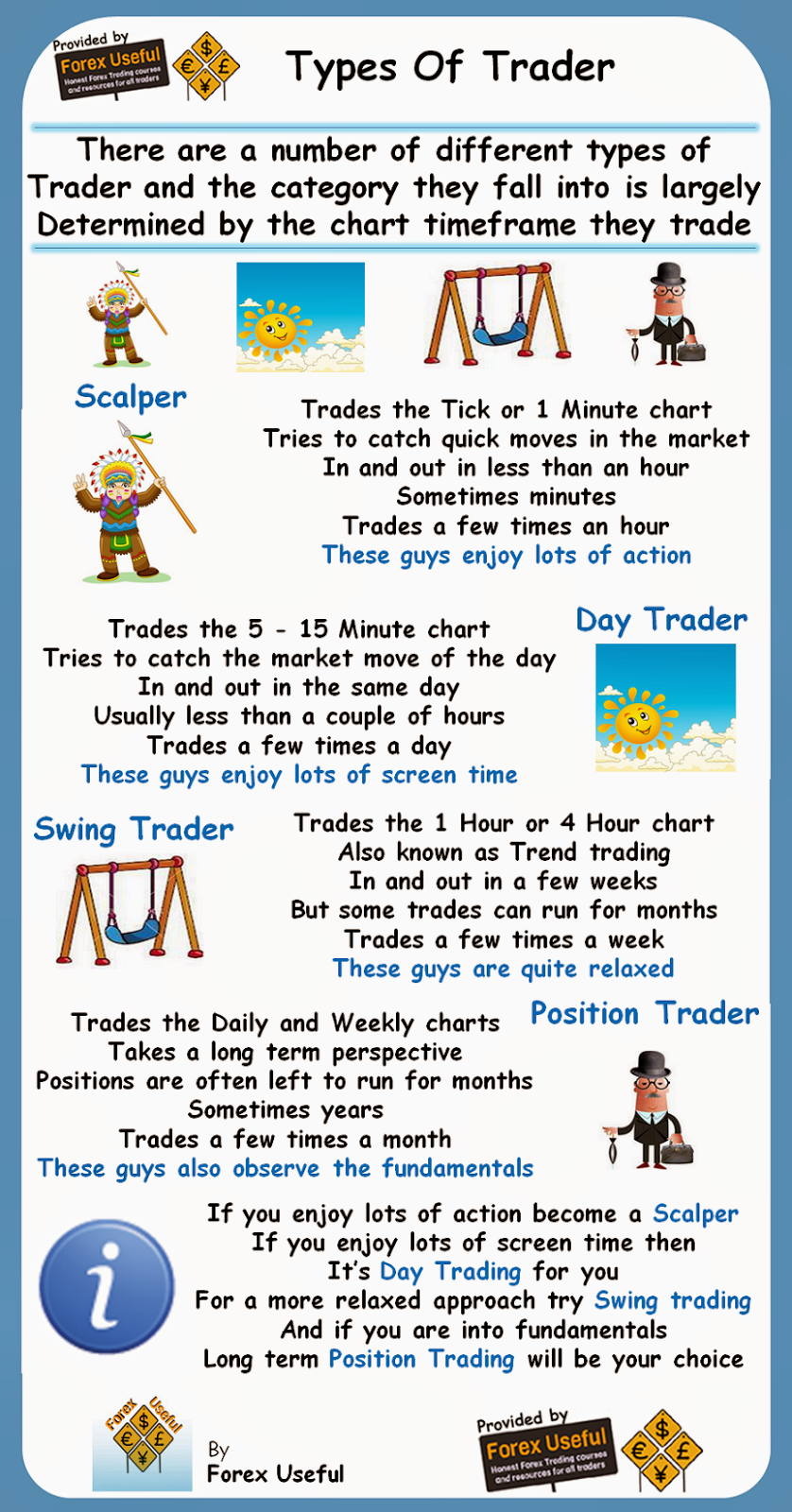 * Domestic copper trades at 1,500 yuan above ShFE front-month contract
* Domestic copper trades at 1,500 yuan above ShFE front-month contract
* China traders see strong downstream copper demand
* But high local premiums attract metal out of bonded zones
Premiums in Chinese copper markets rallied to their highest in almost three years this week as robust demand met tight local supply, industry sources said, although levels could ease slightly near term.
Soaring premiums - the price paid on top of local cash futures prices to obtain metal - have surprised some given sluggish factory growth in the world's top consumer, suggesting that Chinese demand in some sectors may be holding up better than broader data suggests.
Domestic copper supply has also dwindled after Chinese producers sold stocks to global markets in March, while financing deals have locked away stocks from the market.
Some banks have also curbed credit terms, making it harder for small consumers such as air conditioner manufacturers to import metal, traders said, prompting those firms to run down their inventories.
"Domestic supply is so tight it has boosted the premium, while downstream orders are strong," said a trader at a Chinese copper smelter in the eastern province of Shandong.
Activity in China's factories increased marginally in April but export orders fell sharply, adding to questions about whether the world's No.2 economy is stabilising after its first-quarter slowdown.
Still, state spending on China's power grid grew by 13 percent to record levels in the first quarter, while production of white goods, automobiles and electronics is expanding between 5 to 15 percent, said analyst Joel Crane at Morgan Stanley in Melbourne.
"Inventory is low and we're in peak demand season. The key copper end-use sectors are growing at a reasonable clip. As long as those conditions remain, the premium should stay high."
China is the world's top copper consumer, accounting for around 40 percent of demand. Power grid investment makes up the lion's share at around 47 percent, Morgan Stanley says.
Physical copper CU-1-CCNMM on China's local market traded at a 1,570 yuan ($250) premium to the front-month Shanghai Futures Exchange contract on Monday - the highest since Oct. 2011.
That represents a more than 80 percent advance on the $138 charged by top producer Chile's Codelco for 2014 term shipments, which are paid above London Metal Exchange cash prices.
SUPPLY DRIED UP
Local supply dried up from March, when a bond default by a solar equipment maker pushed copper prices to more than four-year lows, sparking worries of a meltdown in China's credit markets that could up-end financing deals.
Those transactions are typically used by importers to get around China's tight credit and currency controls, and are a key driver of the country's imports.
In a typical deal, an importer gives a yuan deposit to a bank for a letter of credit in dollars to buy copper, then resells the copper into the domestic market to raise cash that can be used for higher yielding investments such as real estate.
While the vast majority of these deals are fully hedged, the sharp drop in local prices encouraged producers to sell copper to higher priced global markets cutting the volume of metal on hand at home.
That helped to bump up stocks in China's bonded zones to around 800,000 tonnes, according to several trader estimates, from 560,000-660,000 tonnes in late February.
China's state stockpiler also bought when prices were low, sucking up at least 200,000 tonnes.
But worries about defaults linger, with traders noting tighter credit conditions in the past month especially for 1-year LCs from western financial insitutions.
Still, higher premiums have begun to entice metal back to the domestic market, and premiums could ease when Chinese markets reopen on Monday after public holidays at the end of this week.
"When premiums spiked the other day, we began to see (traders) looking to import the material and move it back onshore," said a trader at a bank in Singapore.
($1 = 6.2593 Chinese Yuan)








